Communication Professionals
Who are Communication Professionals?
There are two types of communication professionals: speech language pathologists and audiologists. Speech language pathologists (SLPs) provide diagnostic identification, assessment, and treatment services for speech, language, swallowing, and voice disorders in children and adults. Audiologists provide diagnostic assessment and (re)habilitation, including hearing aids and participate in the fitting of cochlear implants, for children and adults with hearing loss and balance disorders.
If you, a family member, or friend needs to seek treatment from an audiologist or SLP, it’s important to find a certified, licensed professional. These individuals are highly trained and qualified to diagnose and treat communication issues.
What do SLP’s do and where do they work?
Speech language pathologists work in a variety of settings, such as schools, clinics, hospitals, and medical care facilities. They might work with a school-aged child who has difficulty saying the “s” sound, an older adult who has had a stroke and is experiencing language difficulties, or a teacher suffering from chronic hoarseness.
What do Audiologists do and where do they work?
An audiologist might perform diagnostic evaluation of hearing function, fit a child or adult with hearing aids, provide re(habilitation) for a person with a cochlear implant, or evaluate someone experiencing dizziness. Audiologists also work in a variety of settings such as clinics, schools, and hospitals.
The overall goal of these professionals is to help, enable, and empower those they work with to communicate as effectively as possible with friends and family at home, at school, or in the workplace.
The overall goal of these professionals is to help, enable, and empower those they work with to communicate as effectively as possible with friends and family at home, at school, or in the workplace. After a communication difficulty has been identified and diagnosed, SLP’s and audiologists provide treatment, therapies, strategies and, in some cases, devices as part of a treatment plan for improved communication. Teachers, employers, family members, caregivers, friends, and other medical professionals are frequently part of the treatment plan and process.
I am trained as an audiologist. I worked as a clinical audiologist with people of all ages with hearing and balance disorders. I also fit hearing aids on adults and children. I returned to school to earn a PhD., and my research interests include cognitive functioning and auditory-visual communication.
Sources
http://www.asha.org/about/
http://www.audiologist.org/patients/what-is-an-audiologist
Image by Praisaeng, published on 13 August 2013
If you need help finding an communication professional, click here to find a certified, licensed professional from databases provided by national organizations such as the American Academy of Audiology and American Speech-Language-Hearing Association.







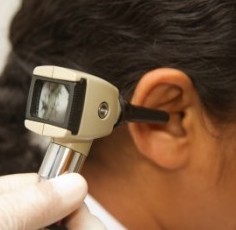








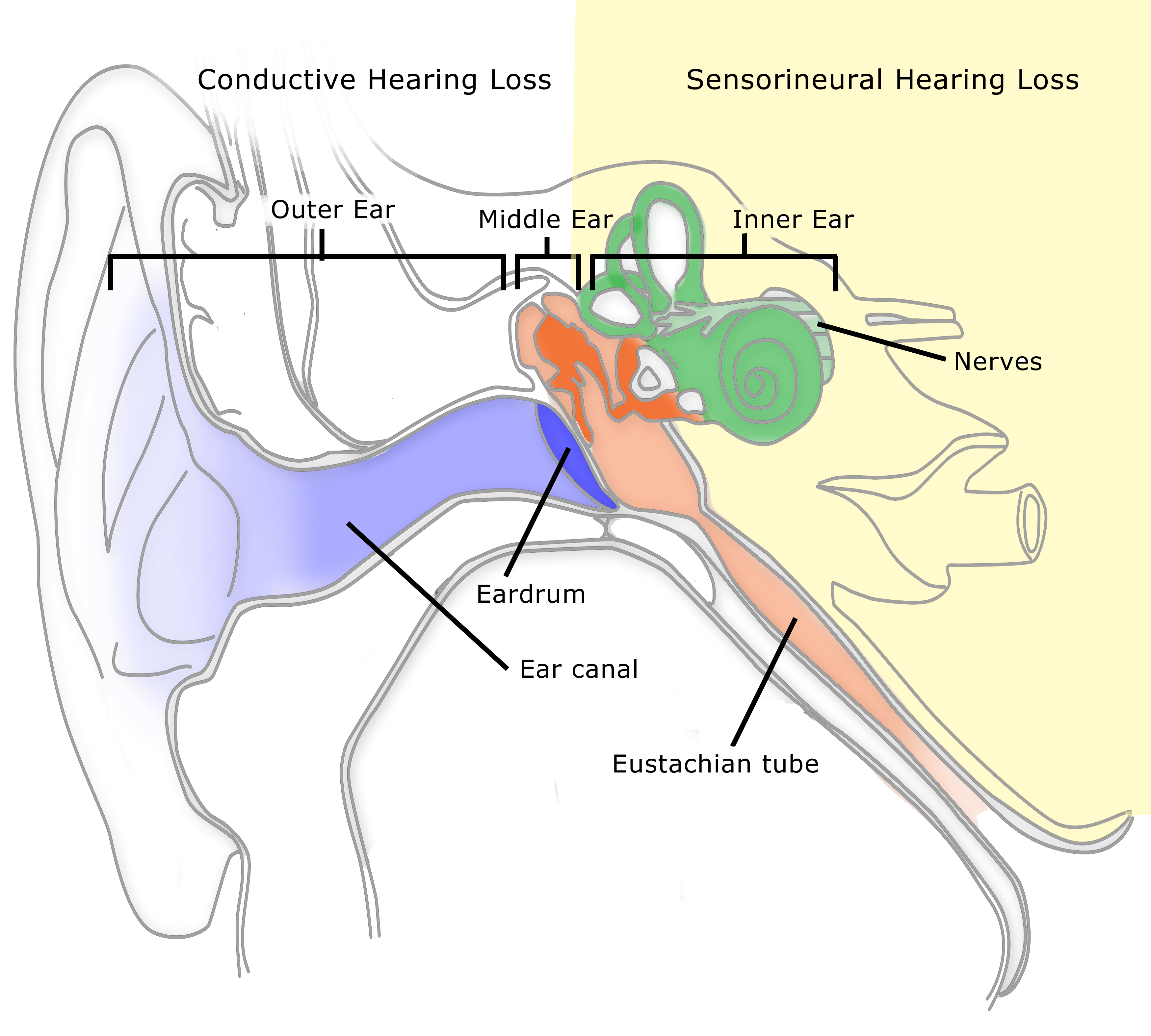
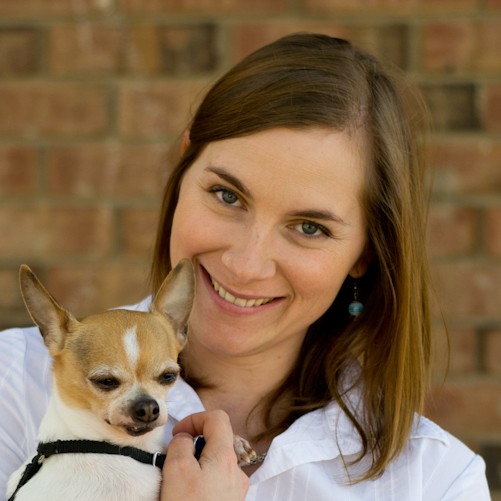

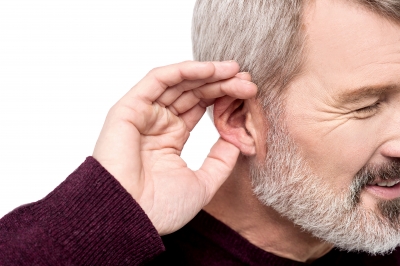
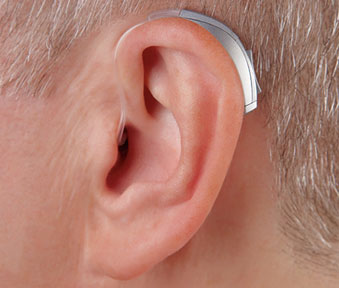
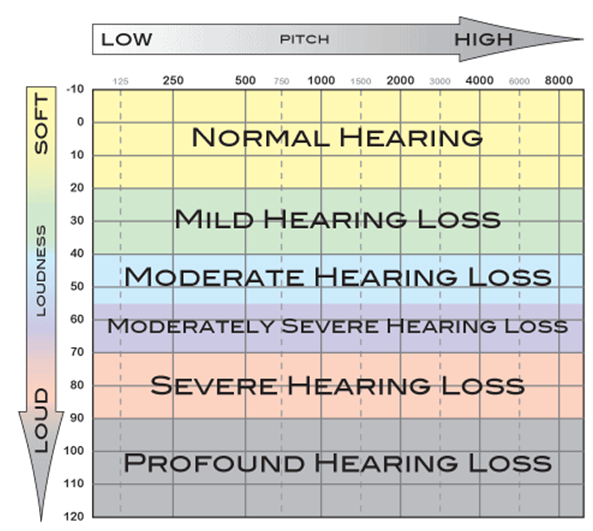
Leave a Reply